Natural History
Monthly Archive: December natu
Singing the Blues: The Mystery of B105
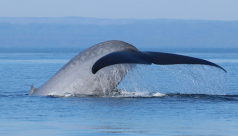
Guest blog written by 2017 Environmental Visual Communication student Viridiana Jimenez
The ocean’s largest and most iconic animal, the blue whale, can produce sounds that cross entire oceans and can be heard from one end of the planet to the other. With humans’ increased presence in the oceans, how are these charismatic giants affected by—and adapting to—our noisy activities? In this blog we follow the story of a single whale, B105 “Invasor”, and muse on how it may have changed its ways to contend with our cacophony.
The Woman Behind the Biggest Heart in the World

Guest Blog written by 2017 Environmental Visual Communication student Fenella Hood
Knife in hand and knee-deep in rotting blubber, Jacqueline Miller is about to do something that has never been done before: carve out a blue whale's heart for preservation. Enveloped in its stench and racing against decay, she cuts deep into the tissue beneath, sure in her knowledge of anatomy but ever wondering: Will this even work? Read on to learn more about one of the team members behind the world's biggest heart in this blog by EVC student Fennella Hood.
A Superior BioBlitz
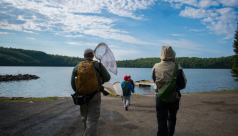
Guest blog written by 2017 Environmental Visual Communication student Adil Darvesh
Most BioBlitzes tend to span a 24-hour period, but this was no typical BioBlitz. Read on to see what made the Big Trout Bay BioBlitz on the North shore of Lake Superior different!
The Journey of the Lost Water Bottle

Guest blog written by 2017 Environmental Visual Communication student Cristina Bergman
I will travel the ocean for hundreds of years. I will see more wildlife and more extinction in my lifetime than any human that has ever walked the earth. I fit in your hand, but can be more powerful than a blue whale. I am a plastic water bottle and this is my story.
5 reasons to be excited for BioBlitz Canada 150 in Rouge National Urban Park
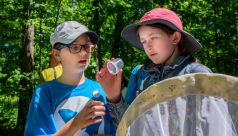
While intensive biological surveying has taken place in the Rouge Valley before, this was before the creation of Rouge National Urban Park and a doubling in the park’s size. We are keen to make history by bringing this amazing citizen science event to Canada’s first and only national urban park for the very first time!
Here are five reasons to be excited about Bioblitz Canada 150 in Rouge National Urban Park, written by Guest Author Omar McDadi from Parks Canada
Who sings for blues? How Blue Whales became ingredients in everyday products
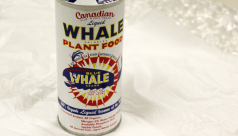
Living in Ontario, the Blue Whale in the vast ocean may seem a distant thought from our daily lives. But our history with these animals is more intertwined than we realize - for example, would you ever use fertilizer in your garden made from blue whales? Canadians used to! Read this guest blog post by ROM Biodiversity / Blue Whale team member Katherine Ing to find out a bit more about the other ways whale products became a part of everyday life during the peak of industrial whaling, and what that means for modern global whale conservation.
Adventures in the Great Bear Rainforest: from the Royal Ontario Museum to the wilds of British Columbia with Paul Nicklen
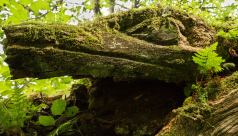
Guest blog by recent EVC grad Paul Esposti relating his adventures and insights from exploring the Great Bear Sea & Rainforest.
Science communication at the Royal Ontario Museum, Toronto and the Natural History Museum, London: two experts compare notes
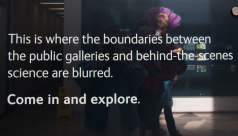
Guest blog by recent EVC grad Temira Bruce comparing opinions from science communicators at museums in Toronto and London, UK, on the how the way in which museums communicate science to their visitors is changing.
The Ultimate Collaboration: Wildlife Photographer of the Year, the ROM and EVC
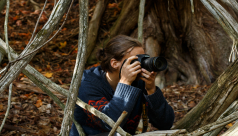
Guest blog by recent EVC grad Rhi More examining staff & student reactions to wildlife photography and the Environmental Visual Communication program.
An Interview with Deborah Samuel on "The Extraordinary Beauty of Birds"
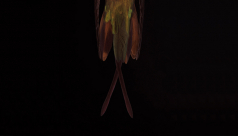
Guest blog by Environmental Visual Communication graduate David Coulson
Deborah Samuel's latest book, “The Extraordinary Beauty of Birds” is a stunning exposé of the ROM ornithology collection; an attempt, in her words, to bring these birds and feathers back to life. Here, EVC graduate David Coulson interviews Deborah about her photography and experiences working in collaboration with the ROM's Natural History collections.
